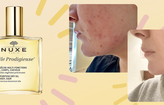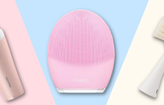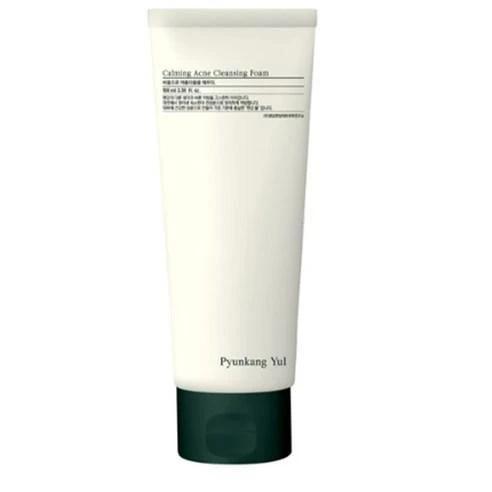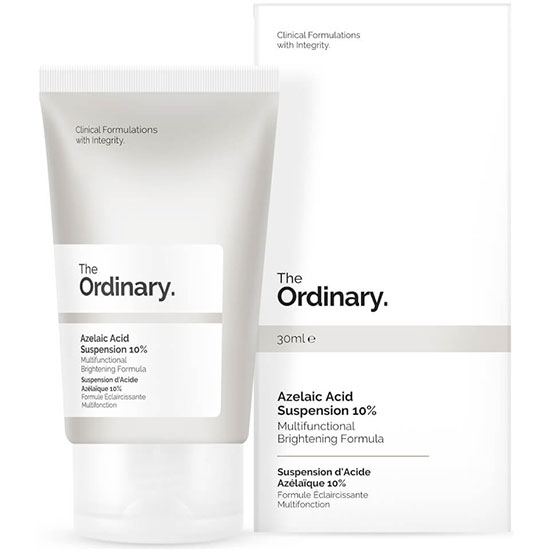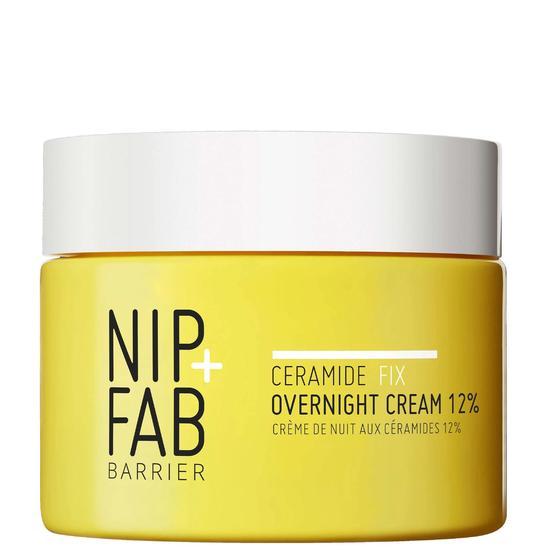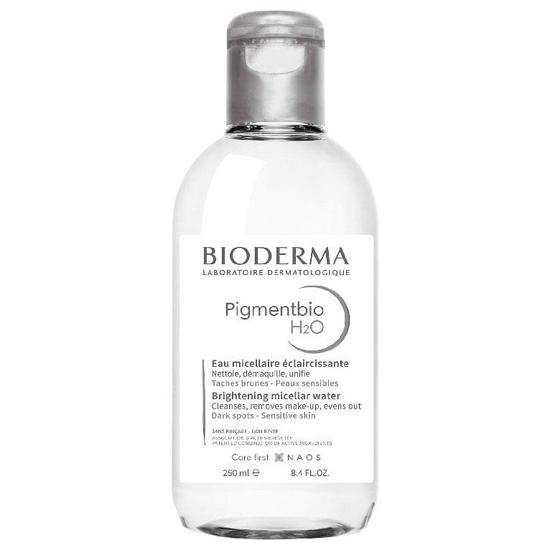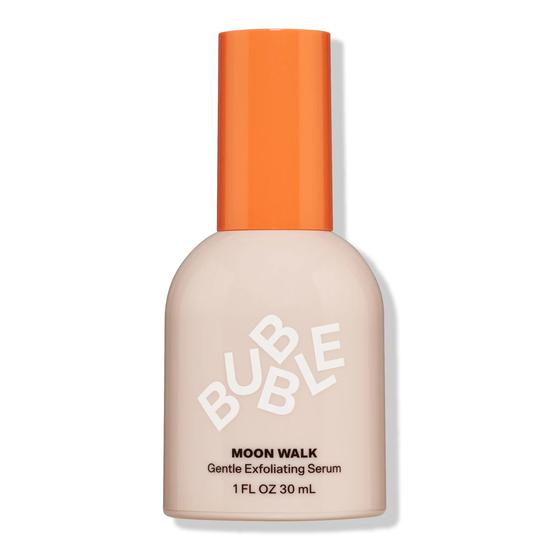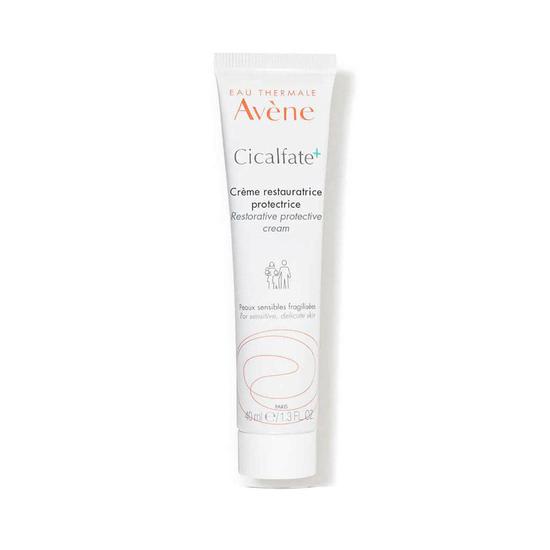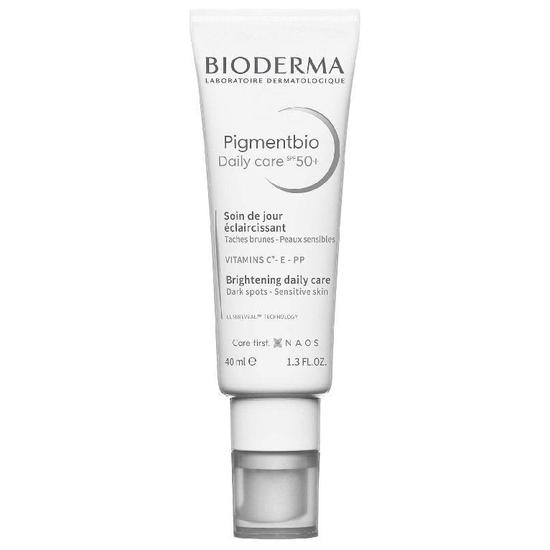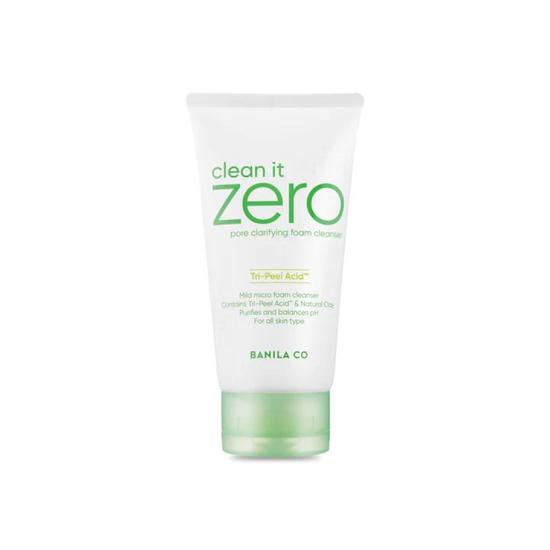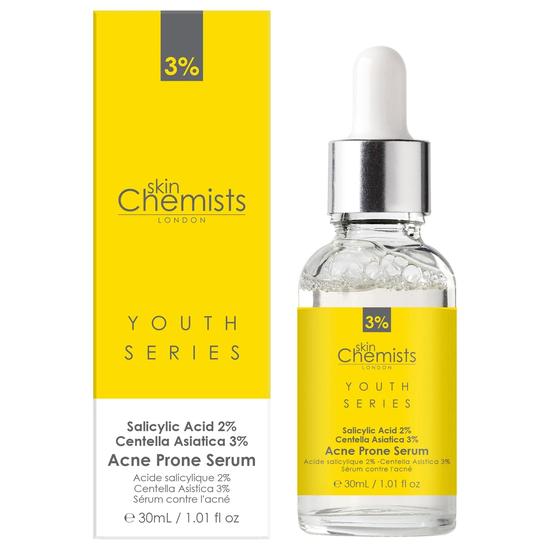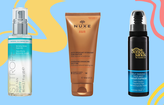
- Skin
- Salicylic Acid & Azelaic Acid
Can You Use Salicylic Acid With Azelaic Acid?
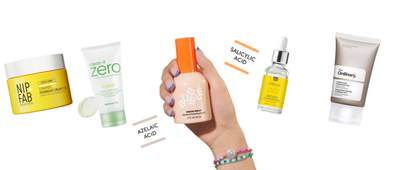
A pairing whose ingredients don’t conflict chemically; rather, they address different layers of the skin: salicylic acid exfoliates and clears out pores, while azelaic acid reduces inflammation and blocks pigment production. The combination is especially helpful for those dealing with acne, redness, or post-inflammatory hyperpigmentation. But be mindful using them together...
Can You Use Salicylic Acid With Azelaic Acid?
Yes—you can use them together, and they make a great pair for managing breakouts, texture and post-acne marks.
Salicylic acid and azelaic acid are both well-loved skincare ingredients for treating acne, pigmentation, and uneven tone. They work in different ways—salicylic acid dives deep into pores to unclog them and reduce oil, while azelaic acid calms inflammation, fades hyperpigmentation and improves skin clarity.
When used together (correctly), they offer a multi-pronged solution for blemish-prone skin without the harsh side effects of stronger actives. That said, it’s important to layer and schedule them in a way that respects your skin’s tolerance—especially if you’re new to chemical exfoliants; because they’re both active ingredients, using them together may increase the risk of dryness or irritation—particularly if your skin is sensitive or you’re new to either one.
Why this pairing can work:
- Dual-action acne treatment: Salicylic clears the pores, azelaic calms inflammation.
- Brightening effect: Azelaic acid reduces pigmentation while salicylic acid refines texture.
- Reduced risk of over-exfoliation: Azelaic acid is much gentler than traditional exfoliating acids.
- Supports barrier health: Less likely to cause peeling or flaking than other combos (like retinol + BHA).
- Improves overall clarity: Targets active breakouts, scarring and uneven skin tone.
👉 Already know the benefits of each ingredient?
Jump To Routine
What does salicylic acid do for skin?
Salicylic acid is a beta hydroxy acid (BHA) that’s oil-soluble, meaning it can penetrate the skin’s lipid layers and reach deep into the pores. It dissolves the buildup of dead skin and sebum that causes blackheads, whiteheads, and acne, making it a favourite for oily and acne-prone skin types.
It also has anti-inflammatory properties, which help calm red, inflamed blemishes and reduce swelling.
Key benefits of salicylic acid:
- Clears clogged pores: Dissolves oil and debris trapped inside.
- Reduces breakouts: Prevents blackheads, whiteheads, and active acne.
- Calms inflammation: Soothes swelling and redness in active pimples.
- Refines skin texture: Smooths bumpy areas and softens rough patches.
- Minimises oil: Helps reduce excess shine and sebum production.
- Fades post-acne marks: Through gentle, consistent exfoliation.
Best for:
- Oily or acne-prone skin
- Blackheads, whiteheads, and enlarged pores
- Inflamed breakouts
- Keratosis pilaris and texture concerns
Salicylic acid is often used in cleansers, serums, and toners—typically in concentrations of 0.5% to 2% for over-the-counter products.
What does azelaic acid do for skin?
Azelaic acid is a dicarboxylic acid with antibacterial, anti-inflammatory, and lightly exfoliating properties. It’s one of the gentlest actives available and is often used to calm rosacea, treat acne, and fade hyperpigmentation—especially post-acne discolouration.
It inhibits tyrosinase (an enzyme involved in melanin production), which makes it ideal for evening out skin tone. At the same time, it clears pores and reduces swelling without compromising the skin barrier.
Key benefits of azelaic acid:
- Reduces redness: Calms rosacea, inflammation, and sensitivity.
- Treats acne: Inhibits acne-causing bacteria and prevents future breakouts.
- Fades pigmentation: Treats melasma, sun spots, and acne marks.
- Improves skin tone: Evens out patchiness and dullness.
- Gently exfoliates: Speeds up cell renewal in a non-irritating way.
- Well-tolerated: Rarely causes sensitivity, even for reactive skin.
Best for:
- Sensitive or redness-prone skin
- Melasma and hyperpigmentation
- Post-inflammatory pigmentation
- Mild to moderate acne
- Rosacea
Azelaic acid is often found in creams or gels at concentrations of 5–20% and is suitable for daily use, depending on skin tolerance.
Comparing Salicylic Acid With Azelaic Acid side-by-side
| Benefit | Salicylic Acid | Azelaic Acid |
|---|---|---|
| Primary Function | Beta hydroxy acid (BHA) that exfoliates inside pores to reduce congestion | Dicarboxylic acid that soothes inflammation, targets redness, and fades pigmentation |
| Treats Acne & Blemishes | ✅ Excellent for blackheads and clogged pores | ✅ Reduces active breakouts and post-acne redness |
| Exfoliation Type | ✅ Deep pore exfoliation (oil-soluble) | ⚠️ Mild surface renewal (non-exfoliating but brightening) |
| Reduces Redness & Inflammation | ⚠️ May cause short-term irritation | ✅ Strong anti-inflammatory and calming effect |
| Fades Hyperpigmentation | ⚠️ Gradually fades post-acne marks | ✅ Effectively brightens and evens tone |
| Improves Texture | ✅ Smooths roughness and unclogs pores | ✅ Refines and softens uneven texture |
| Hydration & Barrier Support | ❌ Can dry or strip skin if overused | ✅ Supports barrier strength and retains moisture |
| Irritation Potential | ⚠️ Moderate – may cause peeling or dryness | ✅ Low – well tolerated even on sensitive skin |
| Suitable for Sensitive Skin | ⚠️ Use with caution in low concentrations | ✅ Safe for rosacea- and acne-prone skin |
| Best Time to Use | PM (1–3 nights per week) | AM or PM – daily use tolerated |
How to safely combine Salicylic Acid With Azelaic Acid
Option 1: Use together in the same routine (for tolerant skin)
- Cleanse your face with a gentle, low-foaming cleanser.
- Apply salicylic acid—typically a toner or serum. Let it fully absorb.
- Apply azelaic acid—as a cream or gel on top.
- Follow with a moisturiser to restore hydration and support your barrier.
Use this method 2–3 times per week at first, especially if either ingredient is new to you. Increase frequency gradually.
Option 2: Use at different times of day (ideal for beginners or sensitive skin)
- A.M. Cleanser → Azelaic acid → Moisturiser → SPF
- P.M. Cleanser → Salicylic acid → Moisturiser
This spacing reduces irritation risk while still delivering the benefits of both.
A.M.
P.M.
Tips for success
- Start slow: Begin with one acid, then introduce the second a few weeks later.
- Moisturise generously: Use a barrier-supportive moisturiser to prevent dryness.
- Avoid overuse: 2–3 times per week is often enough—more can lead to irritation.
- Don’t pair with other strong actives: Avoid layering with retinoids, glycolic acid, or strong vitamin C at the same time.
- Always wear SPF: Both acids can make your skin more sensitive to sunlight.
FAQs
Can I use salicylic acid and azelaic acid together every day?
It depends on your skin’s tolerance. Many people can, especially with lower concentrations. If your skin feels dry, tight, or irritated, reduce to a few times a week.
Should I use salicylic acid or azelaic acid first?
Use salicylic acid first if it’s a toner or serum, as it’s typically water-based and lighter in texture. Apply azelaic acid afterward, especially if it's in a cream or gel form.
Is this combination good for acne and dark spots?
Yes—salicylic acid prevents and clears breakouts, while azelaic acid helps fade pigmentation and soothe the skin post-acne.
Will using both increase irritation?
It can, especially if overused or if you’re also using other actives. Start slow, monitor your skin, and prioritise hydration and barrier care.
Azelaic acid and salicylic acid is the go-to pairing for anyone looking to smooth skin texture, prevent breakouts and control oil production for a more mattifying look. Take a look at all The Best Cleansers For Oily Skin To Control Shine & Acne as picked by us to take your routine that step further.
Looking for another acne-fighting, dark-spot combating azealic acid pairing? Head to our blog post Can You Use Azelaic Acid With Niacinamide?

Written by Maria Mukaranda
Maria’s background is rooted primarily in creative media and a love for all things written, expressed through experience both online and in print; for creative platforms spanning from music to fashion to beauty.
Top Posts

